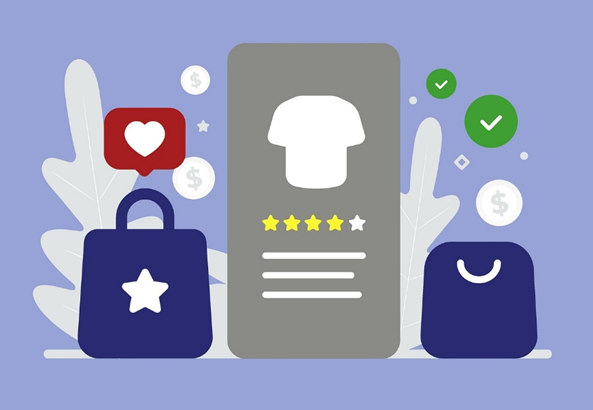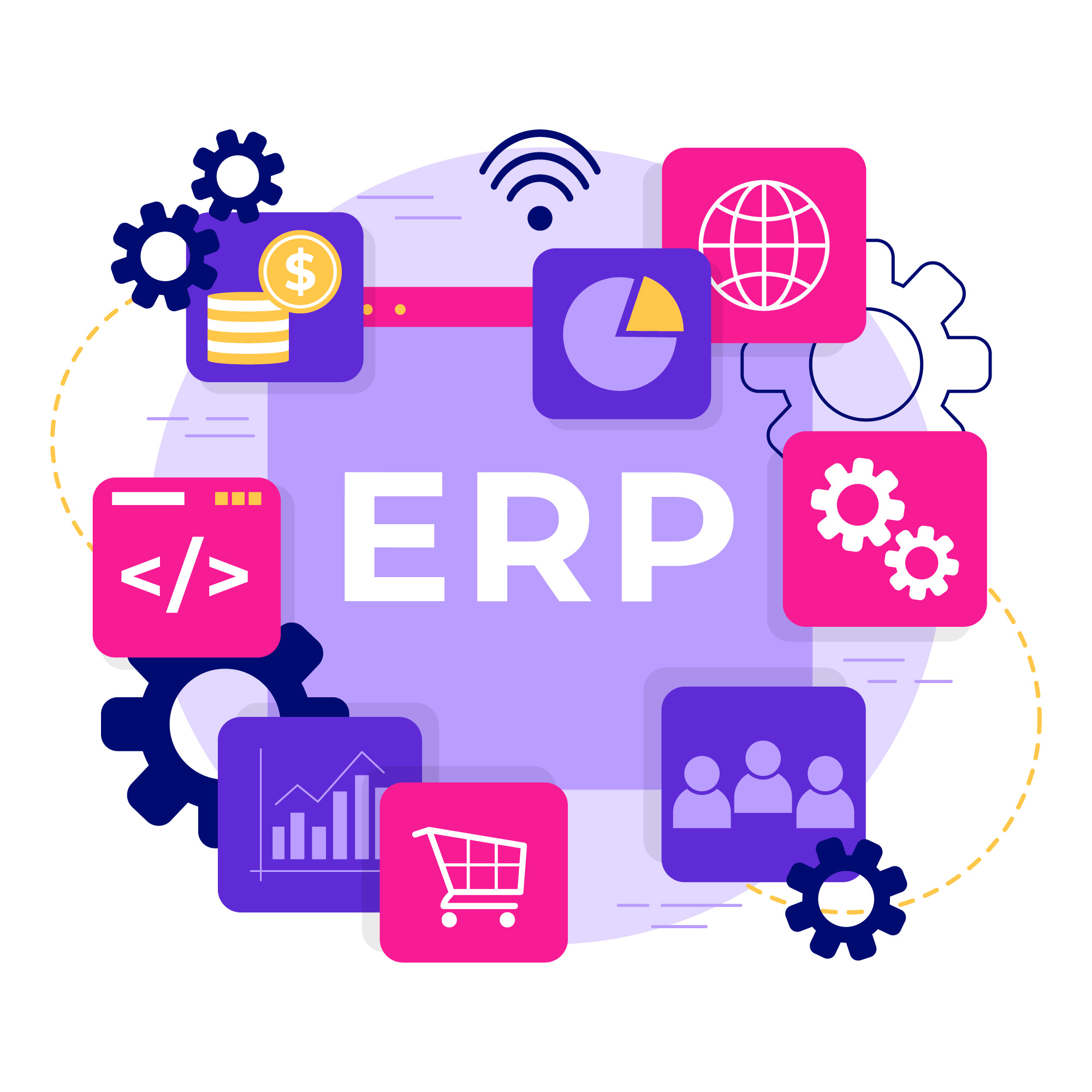Introduction In today’s fast-paced business environment, digital transformation is reshaping every industry, and procurement is no exception. Traditional procurement methods, which were often manual, time-consuming, and prone to inefficiencies, are being replaced by advanced digital solutions. From AI-powered analytics to blockchain for transparency, digital transformation is revolutionizing procurement processes, making them more efficient, agile, and data-driven. How Digital Transformation is Reshaping Procurement Automation & Efficiency Procurement used to involve extensive paperwork, lengthy approval chains, and human intervention at every stage. Digital tools such as eProcurement platforms, contract management systems, and AI-driven sourcing are automating these processes, reducing manual errors, and improving efficiency. For example, Robotic Process Automation (RPA) can automate repetitive tasks like invoice matching, purchase order approvals, and supplier onboarding, significantly cutting down procurement cycle times. Data-Driven Decision Making With the rise of Big Data and AI, procurement teams can now analyze vast amounts of data to make smarter purchasing decisions. AI-powered analytics can provide insights into spend patterns, supplier performance, risk assessment, and demand forecasting, helping organizations optimize their sourcing strategies. Predictive analytics, for instance, can anticipate price fluctuations, supply chain disruptions, or demand spikes, enabling procurement teams to act proactively rather than reactively. Improved Supplier Collaboration Cloud-based procurement solutions enable seamless collaboration between buyers and suppliers. Supplier Relationship Management (SRM) platforms provide real-time communication, track supplier performance, and ensure compliance. Moreover, blockchain technology is being increasingly used to enhance transparency and trust in procurement by providing immutable records of transactions, ensuring contract compliance, and reducing fraud. Enhanced Risk Management & Compliance Regulatory compliance and risk management are critical aspects of procurement. Digital solutions now offer real-time risk assessment, automatically flagging non-compliant suppliers or potential disruptions in the supply chain. For instance, AI-powered tools can continuously monitor suppliers for financial stability, ethical sourcing practices, and geopolitical risks, helping businesses mitigate threats before they escalate. Sustainable & Responsible Procurement Sustainability is no longer just a buzzword; it’s a priority for organizations worldwide. Digital transformation in procurement helps businesses track their carbon footprint, ethical sourcing, and supplier sustainability metrics. Advanced ESG (Environmental, Social, and Governance) tracking tools allow organizations to align their procurement decisions with corporate sustainability goals, ensuring responsible sourcing and compliance with environmental regulations. Understanding the Expectations of Key Stakeholders When implementing procurement software, it is essential to map the expectations of key stakeholders who will be involved in the process. Business User Procurement Managers CPOs Finance Managers Let us check out some of the primary expectations of these stakeholders. Business Users: As first-hand users of procurement software, they emphasize a straightforward, user-friendly purchasing experience with access to e-Marketplaces and a centralized dashboard for all necessary tasks. Over time, digital procurement platforms eliminate the need for repetitive manual tasks and provide buyers with efficiency and a quicker turnaround time. Procurement Manager They carry out functional tasks that necessitate making important decisions and strategies. Decision-making is aided by procurement software’s availability of dynamic, real-time data on sorting events, purchasing channels, contracts, and, catalogues. A comprehensive view of the entire procedure is also provided by having access to comprehensive insights on spend, performance, suppliers, and market intelligence from a single dashboard. Chief Procurement Officers (CPOs) In procurement functions, CPOs support value creation by focusing on more than just cost. They use procurement software to comprehend past and ongoing operations, which contributes to the development of a foundational understanding of strengths, weaknesses, and opportunities. They want to gather the information that will help the company determine its strategic priorities, evaluate any risks, and guarantee high performance. Chief Financial Officers (CFOs) Leaders in finance are extremely interested in comprehending cost performance and business operations savings. The cost and savings analysis for all projects, categories, and business units can be seen in detail with procurement software. This gives CFOs a clear understanding of the organization’s total costs and savings, which can help increase the company’s overall margin Challenges in Digital Procurement Transformation While digital transformation brings significant advantages, it also comes with challenges: Change Management: Employees and suppliers need to adapt to new technologies, requiring training and upskilling. Data Security: With digitalization comes the risk of cyber threats and data breaches, making cybersecurity a top priority. Integration Issues: Legacy systems may not always integrate seamlessly with new digital solutions, requiring businesses to invest in system upgrades. The Future of Digital Procurement The future of procurement is AI-driven, automated, and insight-led. Emerging technologies like AI, blockchain, IoT, and machine learning will continue to enhance procurement’s efficiency, resilience, and strategic impact. Organizations that embrace digital transformation in procurement will not only reduce costs and improve efficiency but also gain a competitive edge in an increasingly complex global market. Conclusion Digital transformation is no longer an option in procurement—it’s a necessity. Companies that leverage digital tools to streamline procurement will be better positioned to adapt to market changes, manage risks, and drive sustainable growth. Are you ready to future-proof your procurement strategy? Start by embracing the right digital solutions like Procurpal today !!!











